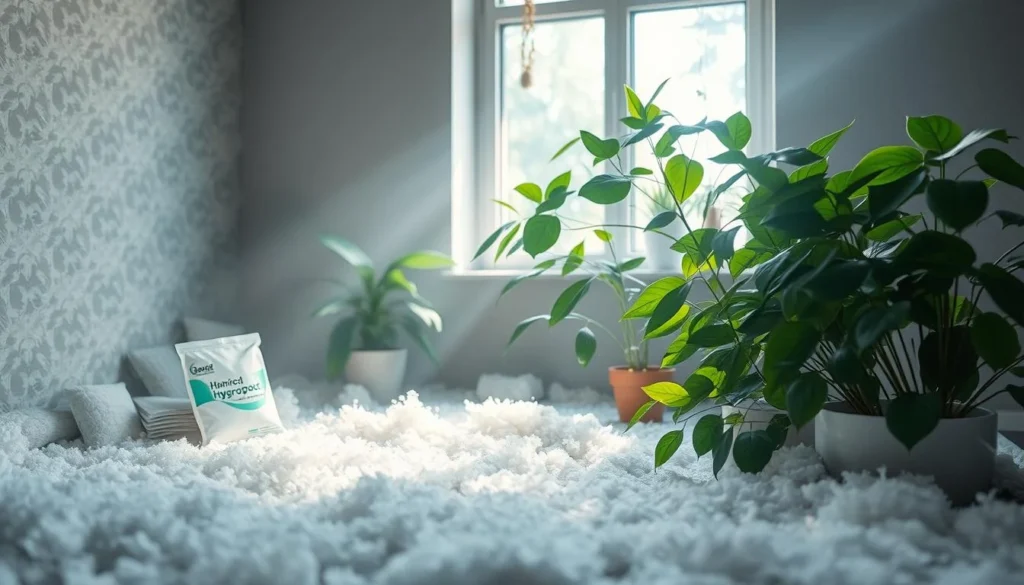In the modern world, where product preservation and sustainable practices are paramount, Hygropack has emerged as a cutting-edge solution for packaging needs. Whether in food, pharmaceuticals, or other industries, Hygropack systems offer a versatile approach to maintaining product integrity while reducing environmental impact. With their ability to extend shelf life, protect sensitive items, and enhance efficiency, solutions are becoming an essential part of contemporary packaging strategies. This article delves into the origins, applications, and benefits of Hygropack, shedding light on why it is a game-changer in packaging technology.
What is Hygropack?
Hygropack is an advanced packaging technology designed to ensure the optimal preservation of products by controlling factors such as moisture, temperature, and contamination. It combines high-quality materials and innovative design to create packaging solutions that adapt to the specific needs of various industries.
This technology is particularly renowned for its ability to maintain the freshness of perishable items and safeguard delicate components in fields such as electronics. doesn’t just package products; it actively contributes to their longevity and usability, making it an invaluable asset in global supply chains.
The History and Development of Hygropack
The development of Hygropack can be traced back to the increasing demand for efficient packaging solutions in the late 20th century. As globalization expanded markets, the need for packaging systems that could ensure product safety during long transit times became apparent.
Pioneers in the field of packaging engineering began exploring ways to integrate moisture control and airtight sealing into packaging systems. Over the years, these efforts culminated in the creation of—a technology that combines traditional packaging principles with modern innovations. Today, it continues to evolve, driven by advancements in material science and manufacturing processes.
Applications of Hygropack
Hygropack is used across a broad range of industries, each with unique requirements:
- Food and Beverage: Preventing spoilage and maintaining freshness.
- Pharmaceuticals: Ensuring the stability of temperature-sensitive medications.
- Electronics: Protecting devices from moisture and static.
- Industrial Goods: Safeguarding machinery and components during storage and shipping.
Its adaptability to diverse needs underscores the versatility and effectiveness of Hygropack solutions.
How Hygropack Works
The core functionality of lies in its ability to create a controlled environment within the packaging. This is achieved through:
- Airtight Sealing: Preventing external contaminants from entering.
- Moisture Control: Utilizing desiccants or moisture-absorbing materials to maintain ideal humidity levels.
- Temperature Regulation: Incorporating insulating layers or cooling elements when necessary.
By harmonizing these components, ensures that products remain safe and functional throughout their lifecycle.
Benefits of Using Hygropack

The advantages of Hygropack extend far beyond basic packaging:
- Enhanced Product Longevity: By controlling environmental factors, Hygropack significantly extends the shelf life of perishable goods.
- Cost-Effectiveness: Reduced spoilage and damage translate to lower operational losses.
- Sustainability: solutions often utilize recyclable materials, contributing to eco-friendly practices.
- Brand Value: Businesses that adopt systems demonstrate a commitment to quality, enhancing customer trust.
These benefits make Hygropack a preferred choice for businesses aiming to optimize their packaging strategies.
Industries That Rely on Hygropack
The adaptability of Hygropack makes it a cornerstone in numerous industries. For example:
- Food Packaging: ensures that items such as fruits, vegetables, and meats remain fresh from farm to table.
- Pharmaceutical Storage: Medications that are highly sensitive to environmental changes benefit from the precise control provided by.
- Electronics Manufacturing: Delicate devices are protected from static discharge and moisture damage.
Each industry leverages the unique capabilities of to address specific challenges, highlighting its importance across sectors.
Hygropack in Food Packaging

In the food industry, Hygropack plays a vital role in preserving quality and reducing waste. By maintaining a stable environment, it prevents microbial growth, delays oxidation, and keeps products visually appealing. This is particularly crucial for export markets, where prolonged transit times can compromise product integrity.
Hygropack’s effectiveness in food packaging has revolutionized how producers and retailers approach sustainability. Reduced spoilage not only saves money but also aligns with global efforts to minimize food waste.
Environmental Impact of Hygropack
Sustainability is a key consideration in modern packaging solutions, and Hygropack delivers on this front. Many systems are designed with recyclable or biodegradable materials, reducing their environmental footprint. Furthermore, their ability to extend product life reduces overall waste, contributing to a circular economy.
As businesses worldwide prioritize green practices, offers an eco-friendly solution that aligns with both environmental goals and consumer expectations.
Innovations in Hygropack Technology
The field of Hygropack is continuously evolving. Recent innovations include the integration of smart packaging elements, such as sensors that monitor temperature and humidity levels. Additionally, advancements in material science have led to lighter yet stronger packaging options, further enhancing efficiency.
Future trends point toward increased automation in the manufacturing of systems, as well as expanded applications in emerging industries like biotechnology.
Conclusion
Hygropack represents a pinnacle of modern packaging innovation, combining functionality, sustainability, and versatility to meet the demands of diverse industries. From protecting food and medicine to safeguarding sensitive electronics, it has become an indispensable tool in ensuring product integrity and reducing waste. As technology continues to advance,is poised to remain at the forefront of packaging solutions, offering businesses and consumers alike a reliable and sustainable choice for years to come.

